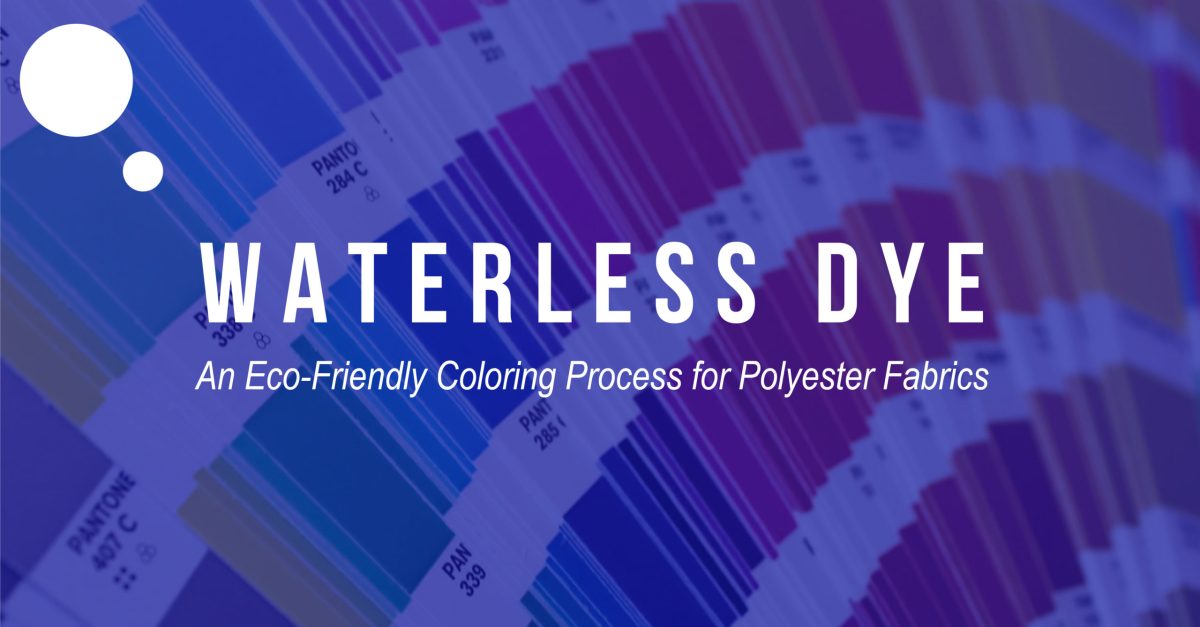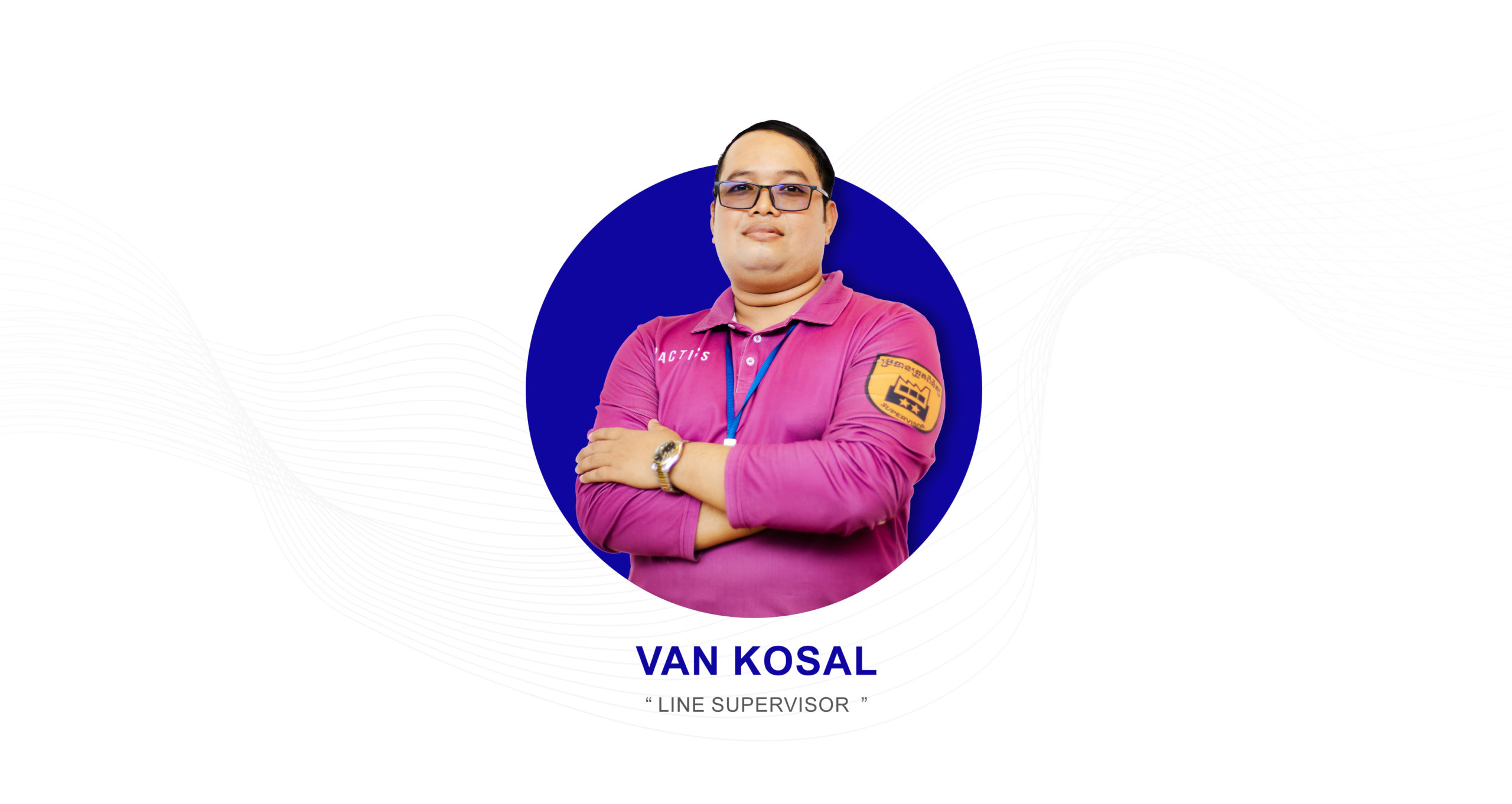Water scarcity
The availability of clean water is a major sustainability challenge. Clean water is scarce and becoming an even scarcer commodity due to climate change.
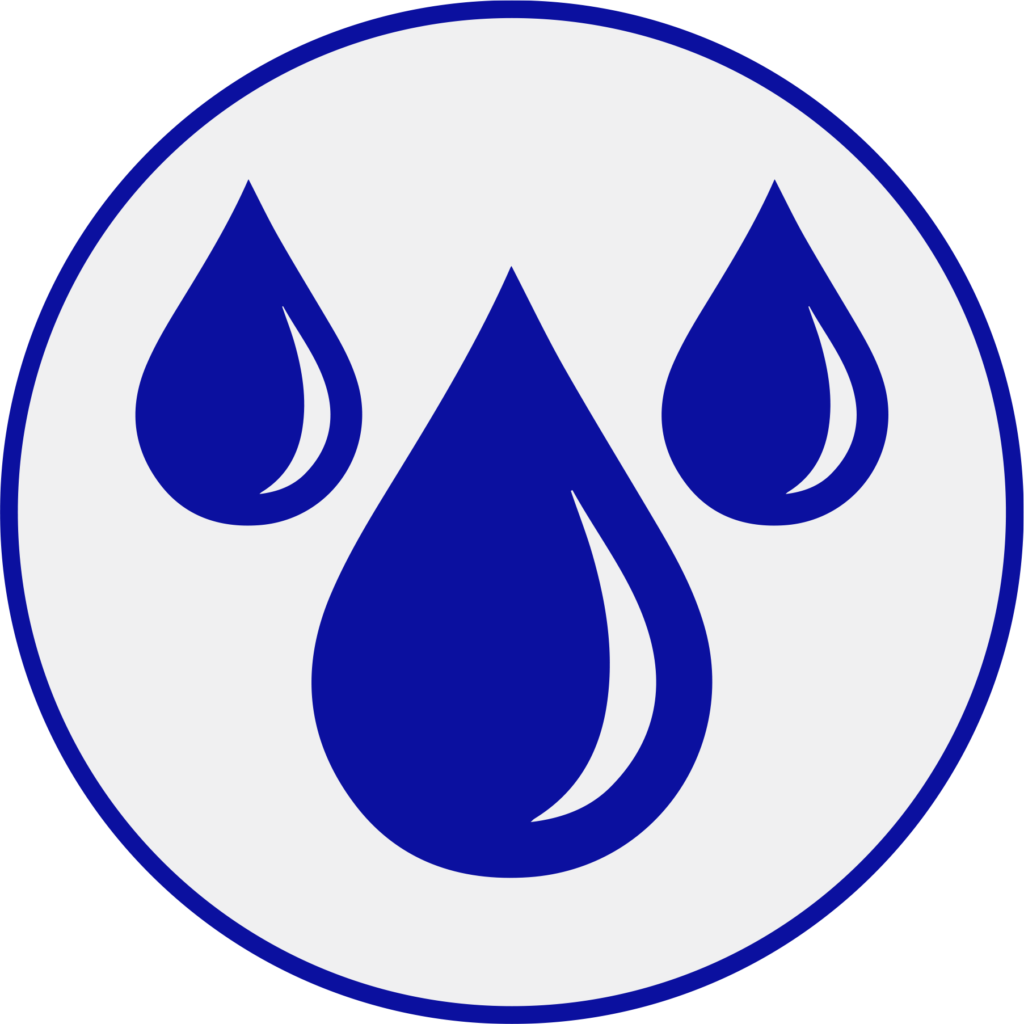


Textile dyeing is the second-largest polluter of water globally.
It is generally known that fashion accounts for a whopping 10% of global carbon emissions. One process that contributes significantly to this is the dyeing of fabrics.

Traditional dyeing methods use large amounts of clean water to color materials. It is an inefficient, energy-consuming process that also pollutes; processed chemicals are used, and clean water is converted into wastewater. Textile dyeing is the second-largest polluter of water globally.
Traditional fiber dyeing methods first involve producing the fiber and adding color afterward. When the fiber is first produced, it is in a colorless form. Afterward, the fiber gets dipped into a big tank to add the desired color.
This inefficient, energy-consuming, and polluting process has significantly impacted the environment and human health.


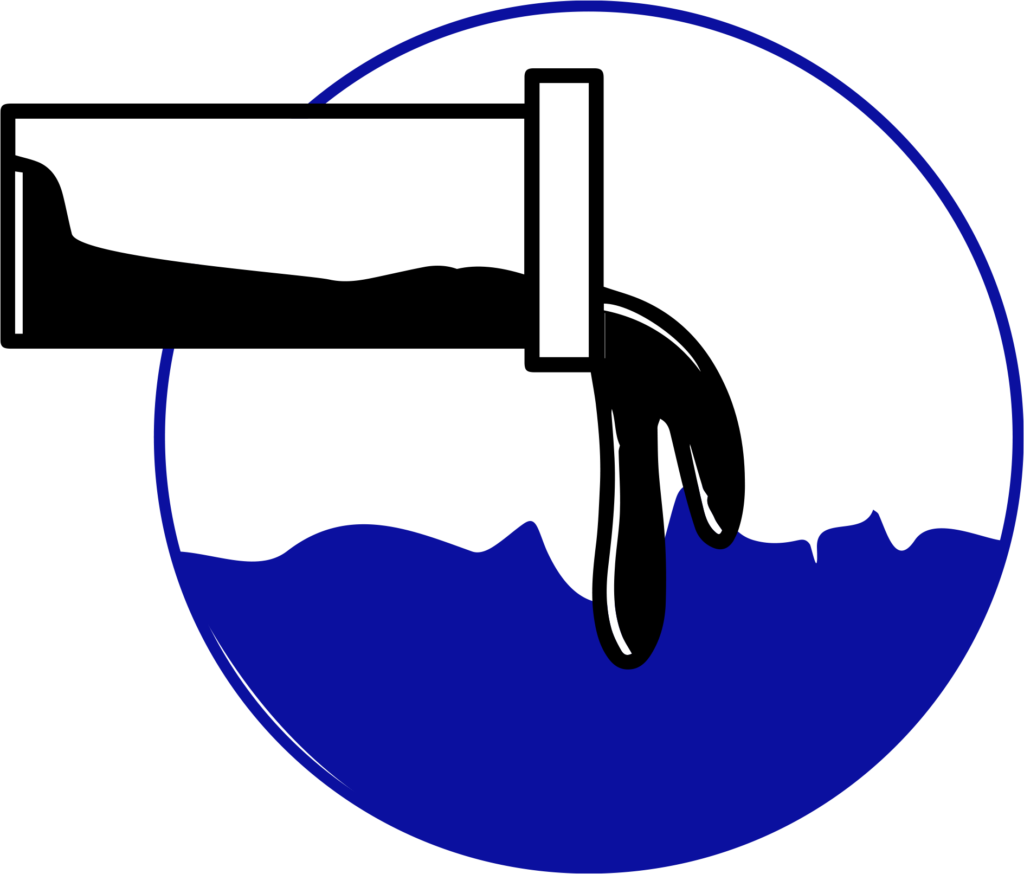
This inefficient, energy-consuming, and polluting process has significantly impacted the environment and human health.
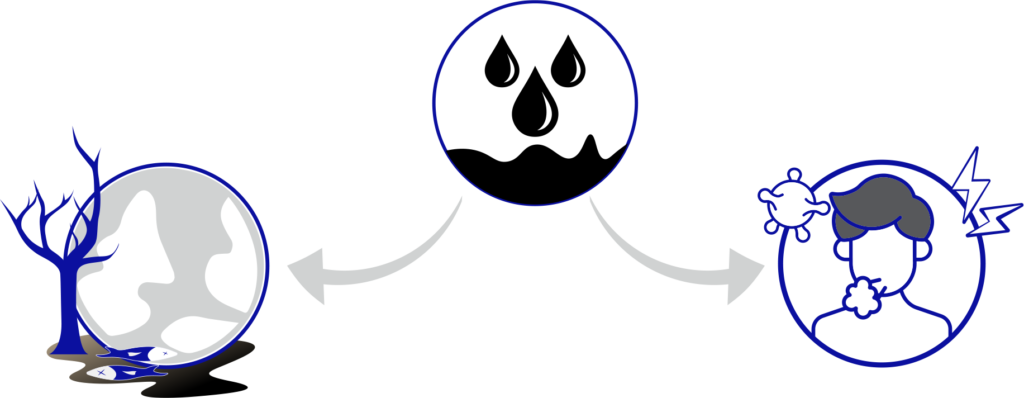
Waterless Dye Coloring Process
Fortunately, in recent years, new sustainable dyeing technologies have emerged. Waterless Dyeing is the process of dyeing fiber without using water or processed chemicals.
Unlike traditional dyeing methods, the fabric’s color is added directly to the molten plastic solution before the filaments are made. These filaments are then spun into yarn, and the fabric is created by weaving or knitting them together.
This process saves water, chemicals, and energy. The advantages of waterless dye over traditional methods are significant:
• Efficient Process
• Lower Dye Usage
• Energy Reduction
• Less Pollution
Each kilogram of fabric produced with Waterless Dye saves 134 liters of water. No chemicals are used in the dyeing process.
Since dye penetrates deep into the filaments, the overall fabric quality is higher.
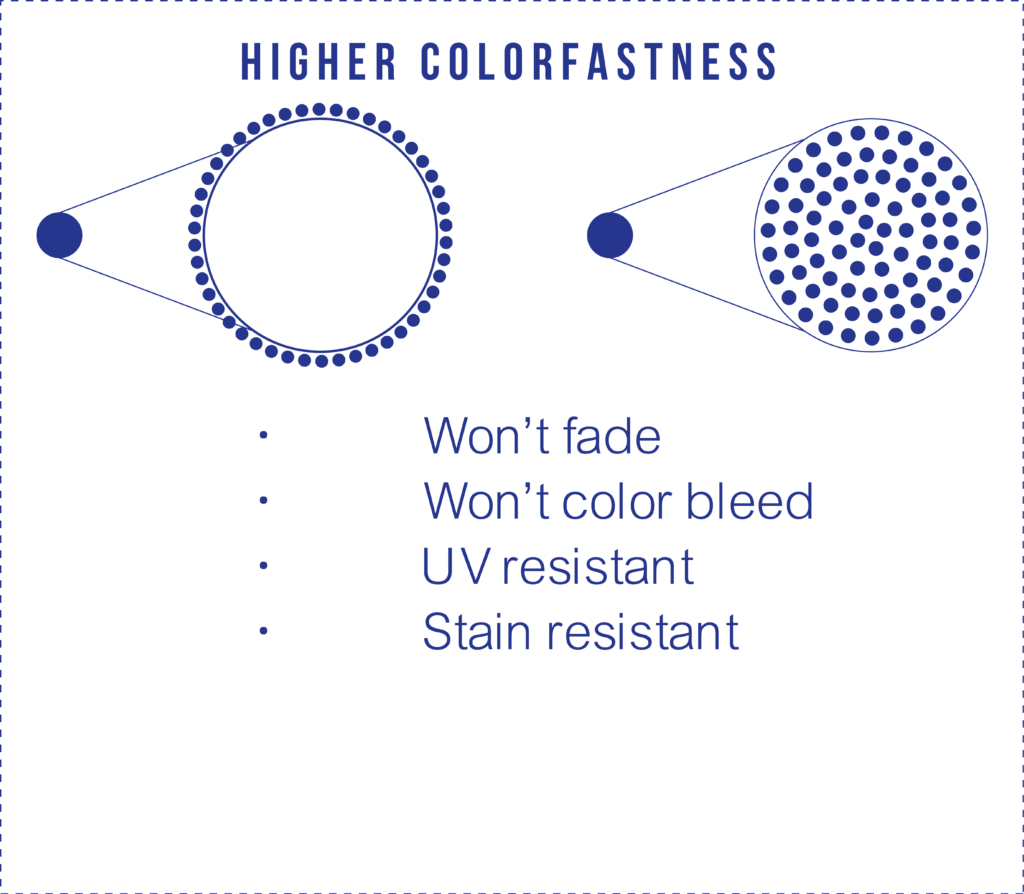
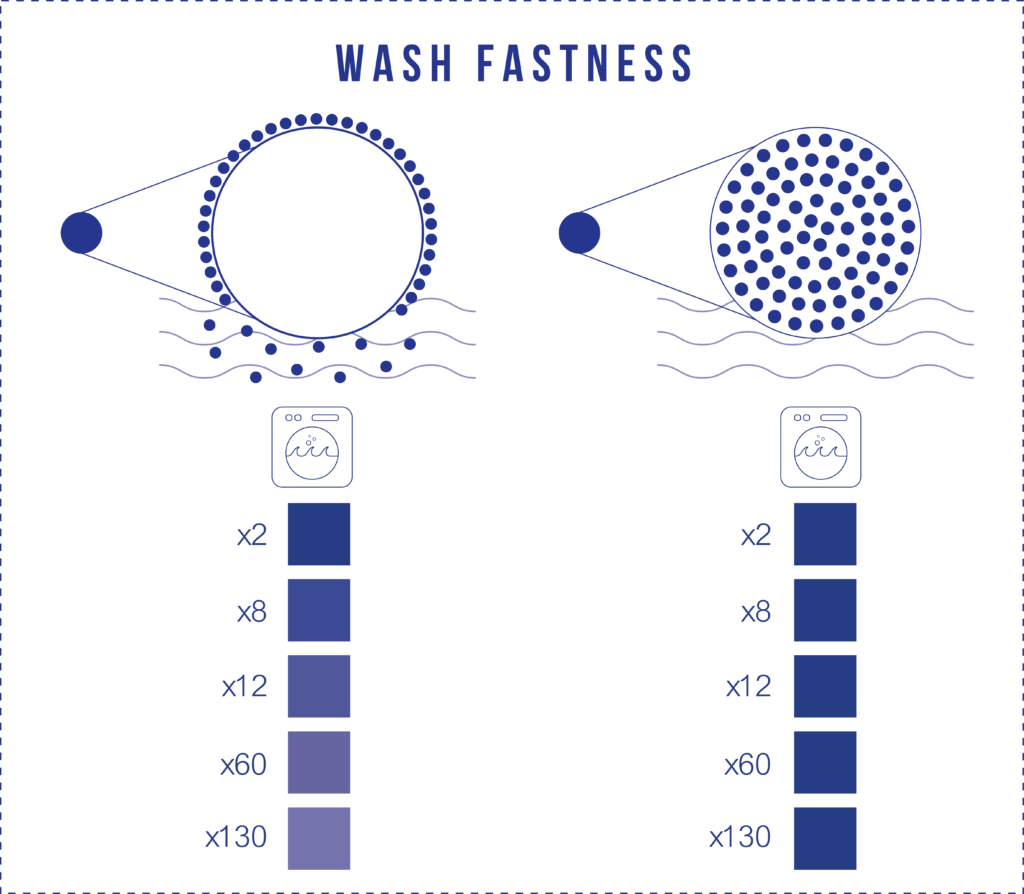
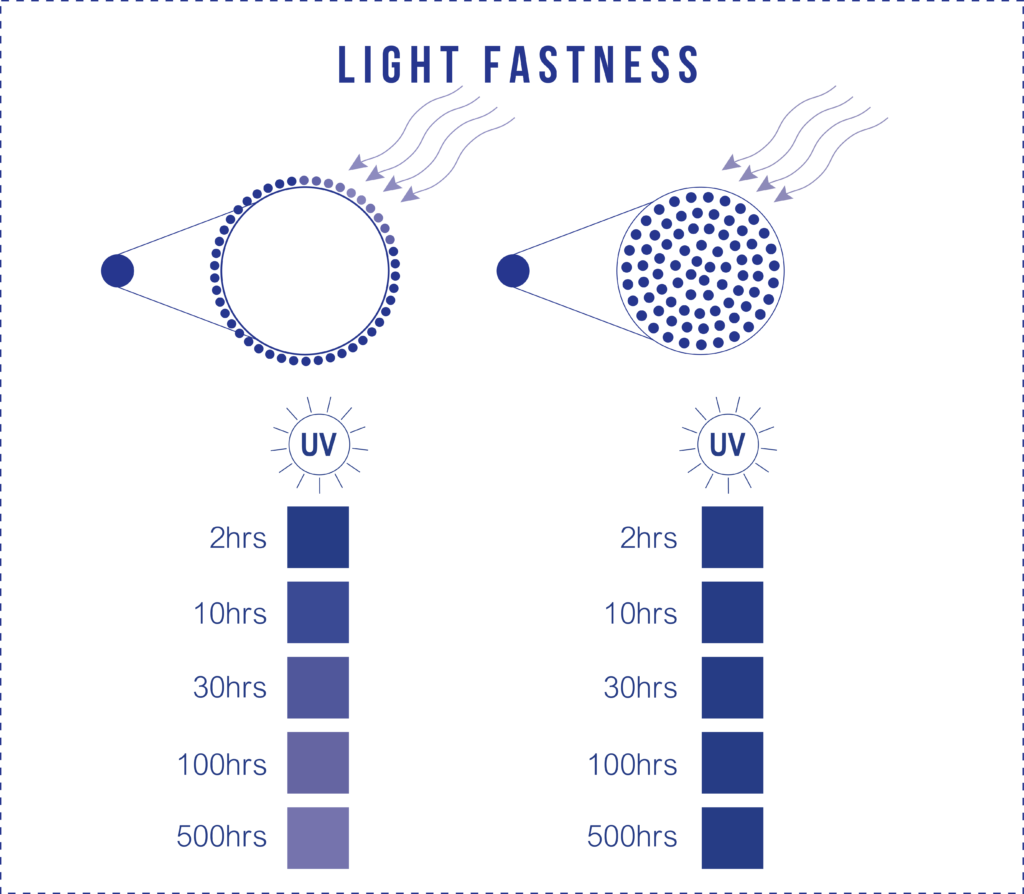

Each kilogram of fabric produced with Waterless Dye saves 134 liters of water. No water is used in the dyeing process.
Overall, chemical usage is reduced by more than 80 percent. No chemicals are used in the dyeing process.
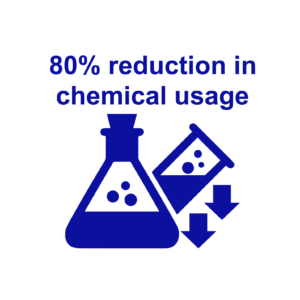
Waterless Dyed Materials
We can provide you with Waterless Dyed virgin and recycled polyester materials, available in various colors and at low MOQs. Contact us at [email protected] for more information.

